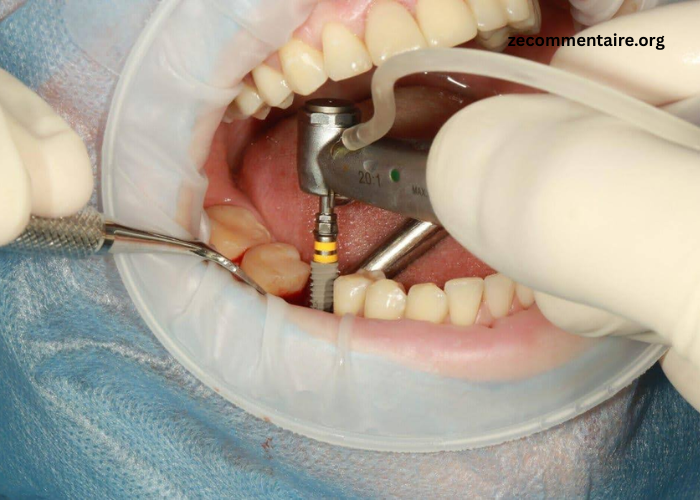Did you know that the global dental implants market is projected to reach $10.48 billion by 2030? This shows how much the demand for better tooth replacement has grown.
The journey of dental implants has been remarkable. It started with basic solutions in ancient times. Today, technology has made implants more advanced and effective.
These changes have helped millions enjoy better oral health. In this article, you will learn how dental implants have improved over time. Continue reading to learn more.
Ancient Beginnings of Dental Implants
The idea of dental implants started in ancient civilizations. The Etruscans used metal wires to secure false teeth around 700 BC. In Egypt, mummies were found with implants made of seashells or ivory.
These early methods were simple but showed a strong desire to fix missing teeth. People wanted to restore both function and appearance. Even then, they understood the importance of a complete smile.
In the 19th century, new ideas began to develop. In the 1950s, Per-Ingvar Brånemark made a major discovery. He found that bone could fuse with titanium, leading to modern dental implants.
The Rise of Modern Dental Implants
In the late 20th century, dental implants became more accepted. Titanium implants from orthopedic use worked well in dentistry. By the 1980s, many dentists began using this new method.
Technology helped make implants even better. Improvements came in design, surface treatments, and surgical steps. These changes made the process safer and more effective.
Tapered implants and special coatings helped the bone fuse better. This process is called osseointegration. It led to higher success rates for dental implants.
Technological Innovations in Implant Dentistry
Today’s dental implants use advanced materials and precise methods. One big change is the use of 3D imaging technology. It helps dentists place implants more accurately and safely.
Computer-guided surgery also changed how implants are done. Dentists can now plan and guide each step using custom tools. This makes the dental implants procedure more exact and effective.
These improvements raise the success rate to over 95%. Many patients now enjoy strong, long-lasting implants. Modern technology has truly improved implant dentistry.
The Future of Dental Implants
The future of dental implants looks bright with innovations ahead. Bioengineering may help implants work better with the body. This could improve how well implants heal and stay in place.
Regenerative therapies may also speed up healing. These methods might shorten recovery time after implant surgery. Patients could see better results with less discomfort.
More people are learning about the benefits of implants. Clinics now offer payment plans and useful information. This makes implants easier to get for many patients.
A Transformation in Dental Health
Dental implants have come a long way from ancient methods to modern solutions. They now restore both function and confidence. Technology has changed how we treat tooth loss.
More people now know about dental implants. Options are easier to access than ever before. Talk to your dentist to see if implants are right for you.
Keep browsing through our blog to find more interesting and informative content!





